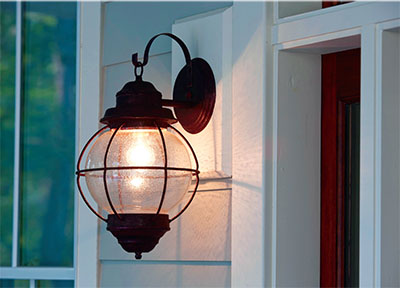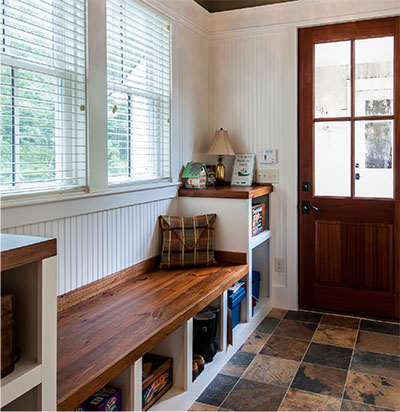Building in the Post Recession World
To say that the housing bubble and the subsequent recession shook up the country’s beliefs about home buying and home building is an understatement. Homeowners saw their property values drop by 30 percent, erasing over $6 trillion in accumulated equity and leaving 12 million homeowners underwater. The recession showed up like cops at a frat party – sobering things up and ending 15 years of unbridled prosperity. Now that the dust has settled around the mortgage industry, lenders have relaxed their requirements, the real estate market has improved, and the tide is turning, allowing us to pursue the “American Dream” once again.
A “New Normal”
As a consequence of the Recession, lifestyles, behaviors and homeowner goals have changed. For example, in the past you probably purchased a house, sold it at a profit in a few years, then moved another step closer to your retirement “dream home.” The post-Recession housing market doesn’t support that strategy.
The Recession reminds us of our core values. There’s renewed demand for simplicity and quality versus quantity. Shoppers are placing a premium on homes that exhibit qualities of timeliness, usefulness and versatility. Smart homebuilders are adapting to meet these needs.
Move from Scared to Prepared
There are growing reasons you should move ahead with building your dream home. Historically low mortgage rates are starting to climb, but not at a level that is dramatically affecting construction prices – at least not yet. Home prices and construction costs are rising, making it prudent to move ahead.
Just like before the Recession, it’s important to get your financing organized so that you know exactly what you can afford BEFORE you start looking at floor plans and building sites. But unlike before, you should plan as far ahead as possible. Remember, homeowners aren’t hopscotching to a bigger and better home every few years, so plan for the features that you’ll need as your life evolves. This can be something as simple as having all the main rooms on one floor instead of two. Make sure your builder has the same mindset.
Advantages of Building a New Home
Ostentation, formal living/dining rooms and wasted space are no longer wanted. The open plan provides a great deal of flexibility in furniture placement, and easy communication between rooms. Ample hallways and arches make access from one space to another easy as you age and perhaps become less mobile. Photo courtesy of Coastal Signature Homes.
One the biggest advantages of new construction is that homes are designed and built for today’s post-Recession lifestyle. For example, did you know that more 18 to 34-year-olds are now living with their parents than during the depth of The Great Depression? This means that Flex Space, FROG suites (friends, relatives, or guests) and one-level floor plans are highly sought after. Overt ostentation, formal living/dining rooms and sprawling lawns carpeted in insatiably thirsty sod are out.
Energy efficient building materials and new technologies, like digital thermostats and on-demand water heaters are among post-Recession must-haves. These features will save you thousands in the future. With energy-saving new appliances, plumbing and HVAC, you should be able to live repair-free for years, saving you money and helping you rebuild some of the equity that you may have lost in the last decade.
Of course, life always moves along no matter what the economy decides to do. The profound changes brought on by the Recession did not destroy the “American Dream” of a retirement home built specifically for your needs, but the dream home looks much different today. I believe that consumers coming out of this Recession will, like their great-grandparents who lived through the Great Depression, carry the attitudes and behaviors they learn now throughout the remainder of their lives. Simplicity, quality and value accompanied by designs for long-term livability, will be the driving objectives when you build your post-Recession home.




